Have any question?
Call (409) 861-4450
Call (409) 861-4450
How does your business use virtualization? We guarantee you that at least part of your infrastructure is virtualized to some degree, even if you don’t realize it. From hardware infrastructure to your desktop infrastructure, there are plenty of options for how your business can leverage virtualization for considerable impact.
Many companies have been in business for so long that they still utilize legacy applications for specific purposes within their computing infrastructure. There simply might not be a better option at the time, so they continue to rely on software that is, quite frankly, showing its age, including the server software that runs their business. Virtual machines offer these organizations the opportunity to still leverage these applications without the inherent risk that comes from using unsupported software.
Hosting an in-house IT infrastructure may give you the reassurance that all of your servers and network equipment are being cared for properly, but it’s important to realize that your time is better spent elsewhere, like running your business. If you’re unsure if you’re providing the necessary maintenance and management for your mission-critical hardware solutions, virtualization can present a valuable opportunity.
 The cloud is revolutionizing the way that businesses store and manage data, applications, and even abstracted hardware like servers and desktops. However, some businesses are still reluctant to adopt the cloud, despite its overwhelming advantages for small and medium-sized organizations. Therefore, we’re taking it upon ourselves to “demystify” the cloud, so you can see just how great of an innovation it is.
The cloud is revolutionizing the way that businesses store and manage data, applications, and even abstracted hardware like servers and desktops. However, some businesses are still reluctant to adopt the cloud, despite its overwhelming advantages for small and medium-sized organizations. Therefore, we’re taking it upon ourselves to “demystify” the cloud, so you can see just how great of an innovation it is.
 Do you know the difference between virtualization and cloud computing? If you don’t, it’s not a reason to be embarrassed. Most business owners have a hard time distinguishing the two and find the topic to be rather technical. Yet, we think businesses can benefit greatly from knowing the differences so they’ll end up with the right solution.
Do you know the difference between virtualization and cloud computing? If you don’t, it’s not a reason to be embarrassed. Most business owners have a hard time distinguishing the two and find the topic to be rather technical. Yet, we think businesses can benefit greatly from knowing the differences so they’ll end up with the right solution.
 How messy is your server room? When was the last time you took note of how many machines you have, and what each of them are contributing to your business’s goals? If either of these situations sound familiar, it might be time to take a closer look at your technology and examine how you can improve operations. One of the best ways you can do so is by eliminating unnecessary costs from unused and underutilized servers.
How messy is your server room? When was the last time you took note of how many machines you have, and what each of them are contributing to your business’s goals? If either of these situations sound familiar, it might be time to take a closer look at your technology and examine how you can improve operations. One of the best ways you can do so is by eliminating unnecessary costs from unused and underutilized servers.
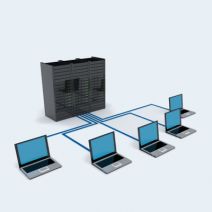 Anything that makes your business more mobile is a good thing, right? This is one of the main goals of virtualization services. These separate the software from the hardware it’s installed on, allowing it to be isolated and installed on a virtual machine where it can be accessed as an individual instance. Many businesses are finding success in their workplace by taking advantage of desktop virtualization services.
Anything that makes your business more mobile is a good thing, right? This is one of the main goals of virtualization services. These separate the software from the hardware it’s installed on, allowing it to be isolated and installed on a virtual machine where it can be accessed as an individual instance. Many businesses are finding success in their workplace by taking advantage of desktop virtualization services.
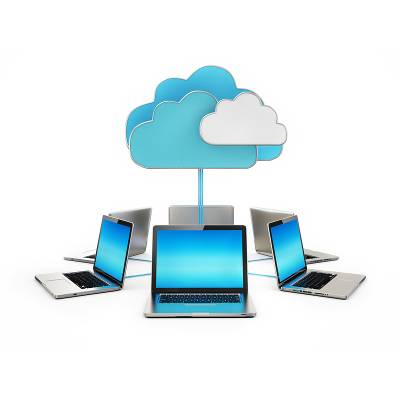 Desktop virtualization isn't necessarily a new subject, but it is something that has been growing in popularity over the past few years, and it's easy to understand why. Instead of keeping your desktop in physical form on your computer, it's becoming more reliable to just keep it safe and secure on a hosted server. This takes care of most physical problems that computers often deal with, such as a sudden crash or old age.
Desktop virtualization isn't necessarily a new subject, but it is something that has been growing in popularity over the past few years, and it's easy to understand why. Instead of keeping your desktop in physical form on your computer, it's becoming more reliable to just keep it safe and secure on a hosted server. This takes care of most physical problems that computers often deal with, such as a sudden crash or old age.
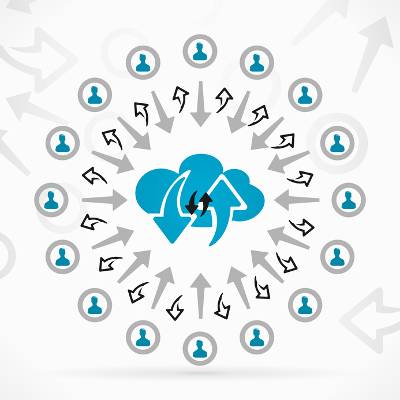 There's no denying that maintaining an IT infrastructure is a major expense. Not only is the equipment expensive to purchase, but it often comes with a larger-than-expected price tag to maintain. One of the best ways that you can cut back on the expenses of owning and operating an IT infrastructure is by taking advantage of desktop virtualization.
There's no denying that maintaining an IT infrastructure is a major expense. Not only is the equipment expensive to purchase, but it often comes with a larger-than-expected price tag to maintain. One of the best ways that you can cut back on the expenses of owning and operating an IT infrastructure is by taking advantage of desktop virtualization.
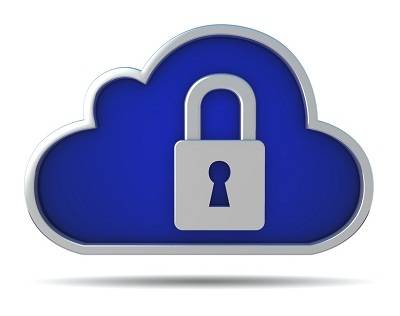 Many businesses are migrating their computing needs over to the cloud. In a worldwide survey, Gartner found that 60% of businesses have increased their budgets for cloud services through 2014. Yet, cloud computing may not be right for every business. For companies that would like cloud services, but may have cloud anxiety, going with a private cloud is a valid option.
Many businesses are migrating their computing needs over to the cloud. In a worldwide survey, Gartner found that 60% of businesses have increased their budgets for cloud services through 2014. Yet, cloud computing may not be right for every business. For companies that would like cloud services, but may have cloud anxiety, going with a private cloud is a valid option.
 Do you feel tied down by your phone system? Traditional phone plans can be expensive and your phone bill will grow if you try to do more, like add lines and use extra features. One of the ways that the Internet can help your business save money and grow is by replacing expensive phone plans with Voice over Internet Protocol (VoIP).
Do you feel tied down by your phone system? Traditional phone plans can be expensive and your phone bill will grow if you try to do more, like add lines and use extra features. One of the ways that the Internet can help your business save money and grow is by replacing expensive phone plans with Voice over Internet Protocol (VoIP).
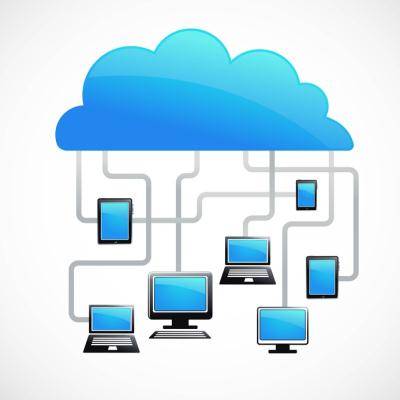 With the widespread use of mobile devices in the workplace, more companies are questioning the relevance of their traditional IT infrastructure. Mobile devices take advantage of cloud computing, and every new generation of tablets and smartphones have productivity apps that can accomplish more tasks. Before you switch out your old technology, you will first want to consider the data needs of your business.
With the widespread use of mobile devices in the workplace, more companies are questioning the relevance of their traditional IT infrastructure. Mobile devices take advantage of cloud computing, and every new generation of tablets and smartphones have productivity apps that can accomplish more tasks. Before you switch out your old technology, you will first want to consider the data needs of your business.
 Most companies will look at ways to save by spending less on products and services, like downgrading to store brand cola when budgeting. These cuts are never popular and have been known to insight office mutinies, "Dr. Thunder, are you kidding me?" Before you deprive employees of premium products, first take a look inside your server, it may be full of savings!
Most companies will look at ways to save by spending less on products and services, like downgrading to store brand cola when budgeting. These cuts are never popular and have been known to insight office mutinies, "Dr. Thunder, are you kidding me?" Before you deprive employees of premium products, first take a look inside your server, it may be full of savings!
Get the Knowledge You Need to Make IT Decisions
Technology is constantly evolving, and keeping up can feel overwhelming. Whether you want to understand cybersecurity threats, explore automation, or learn how regulations like PCI DSS impact your business, we’ve made it easy to access clear, straightforward insights on key IT topics.
Learn more about what NetWorthy Systems can do for your business.
NetWorthy Systems
701 W. Division Ave Suite 100
Orange, Texas 77630